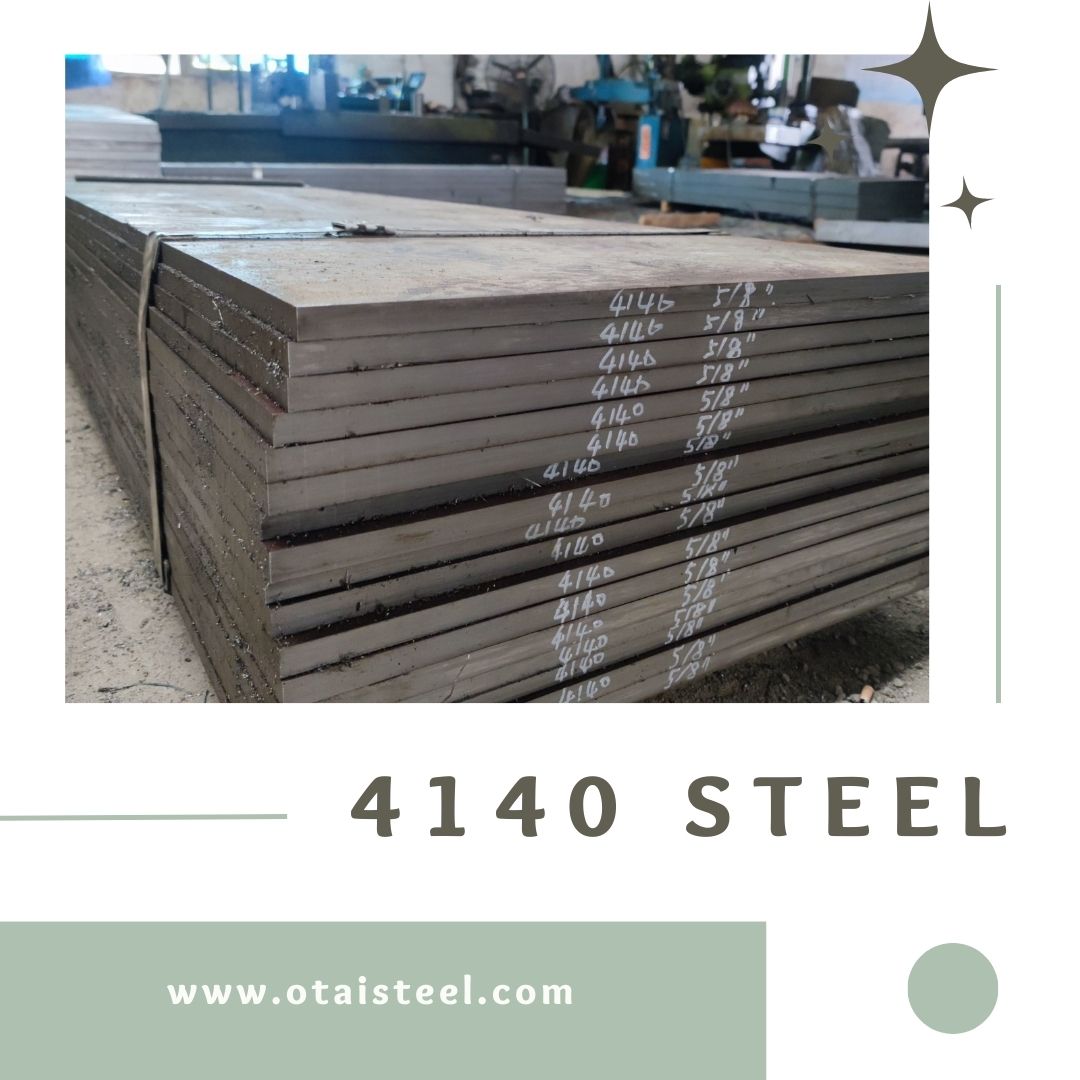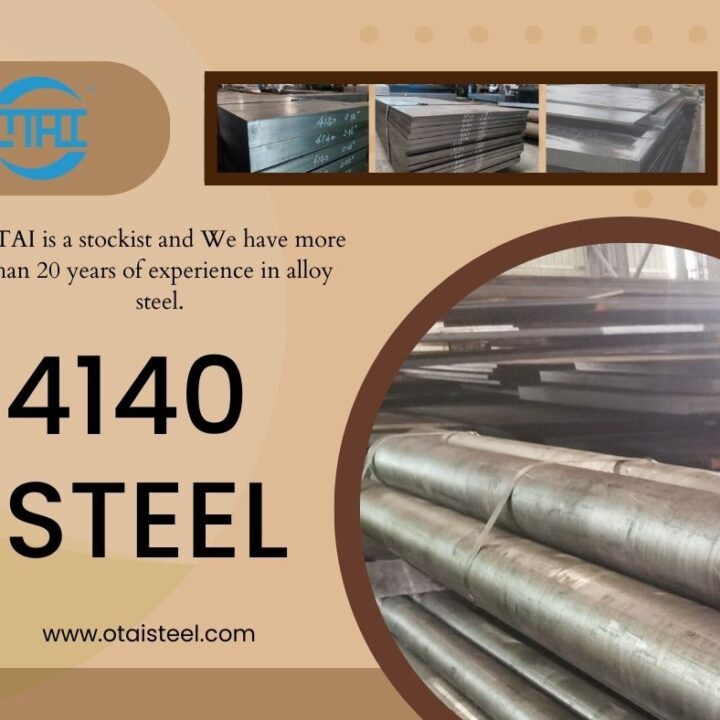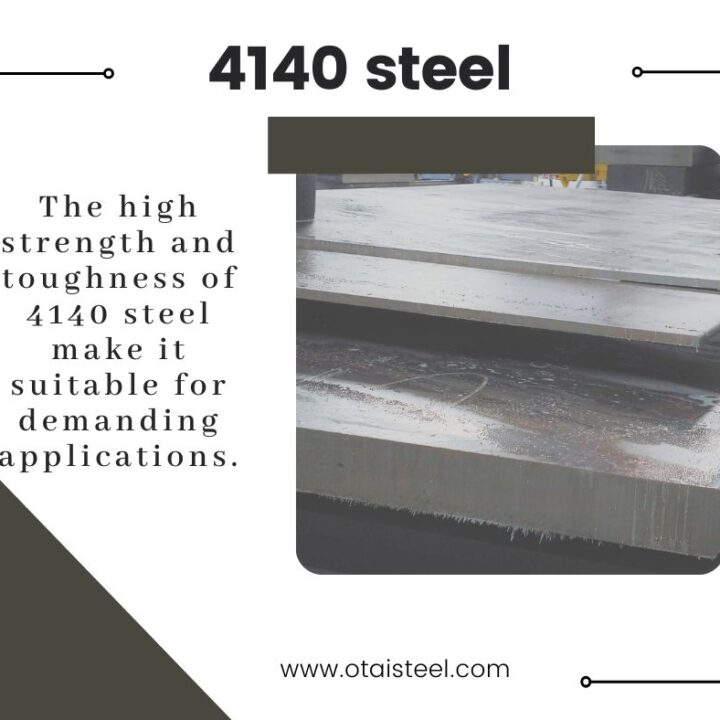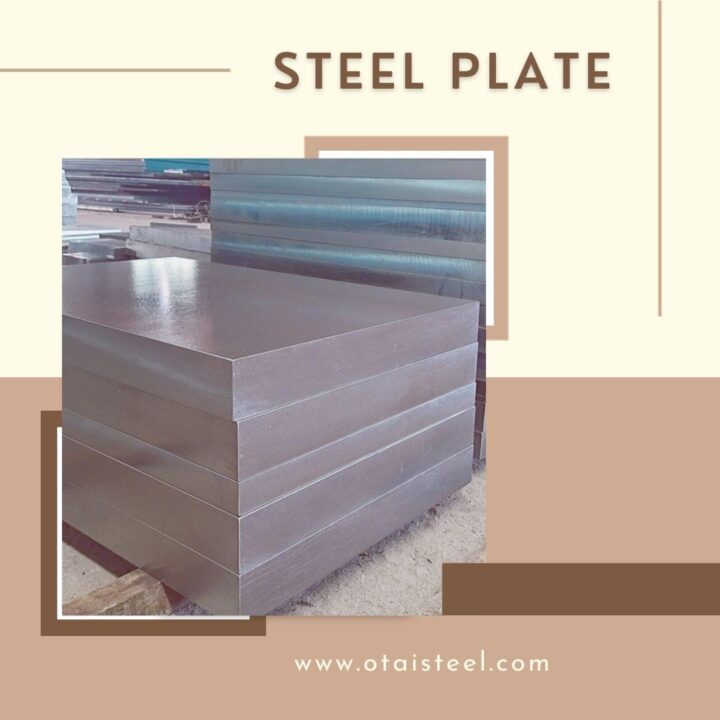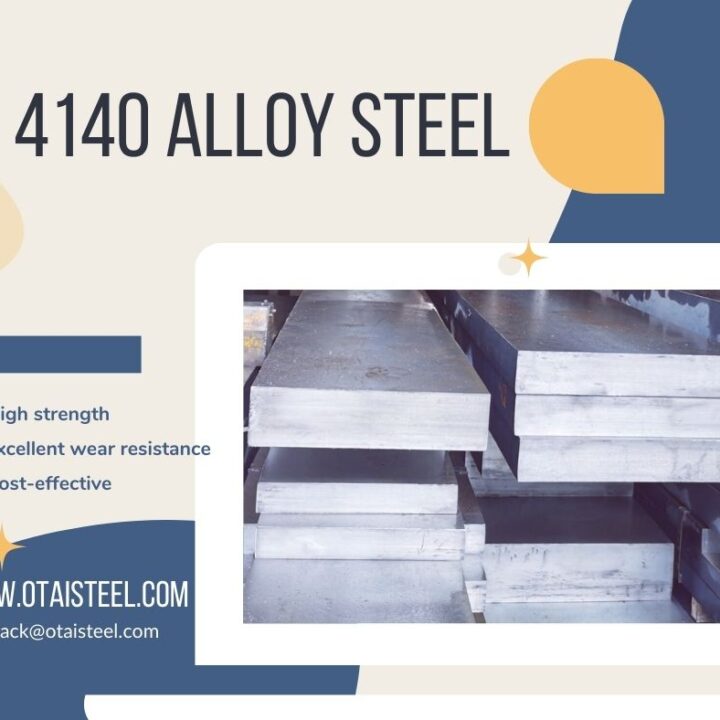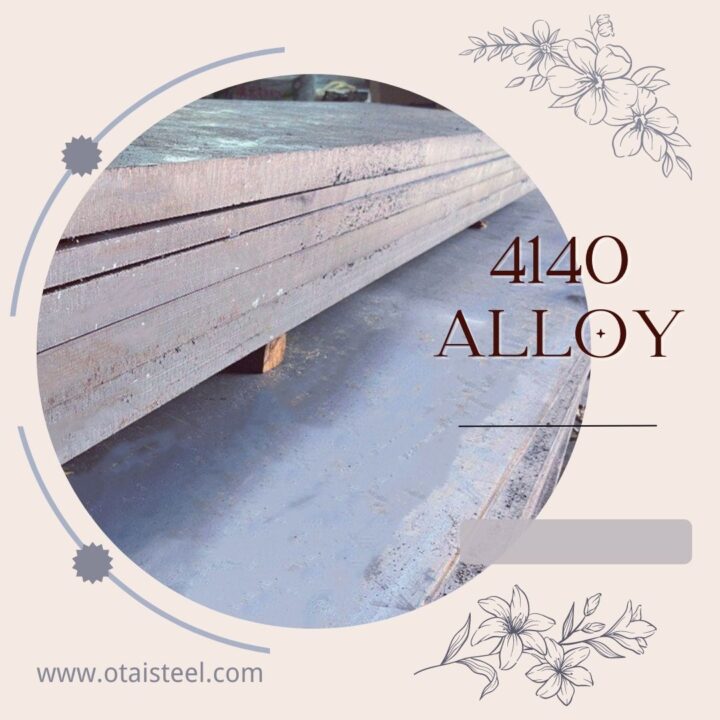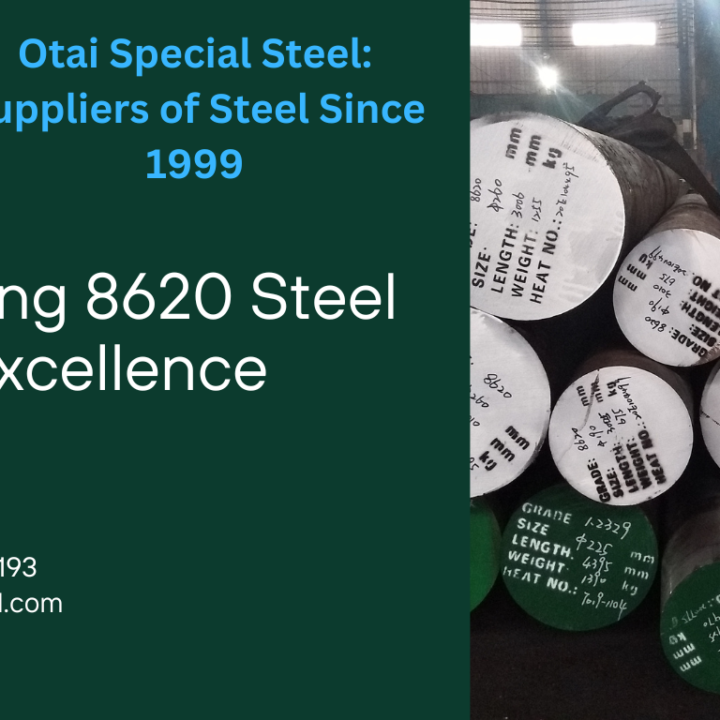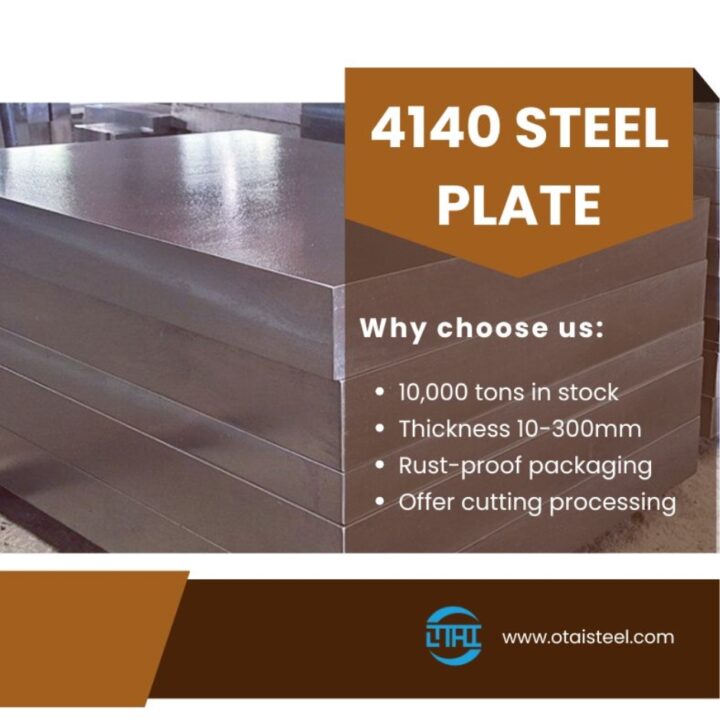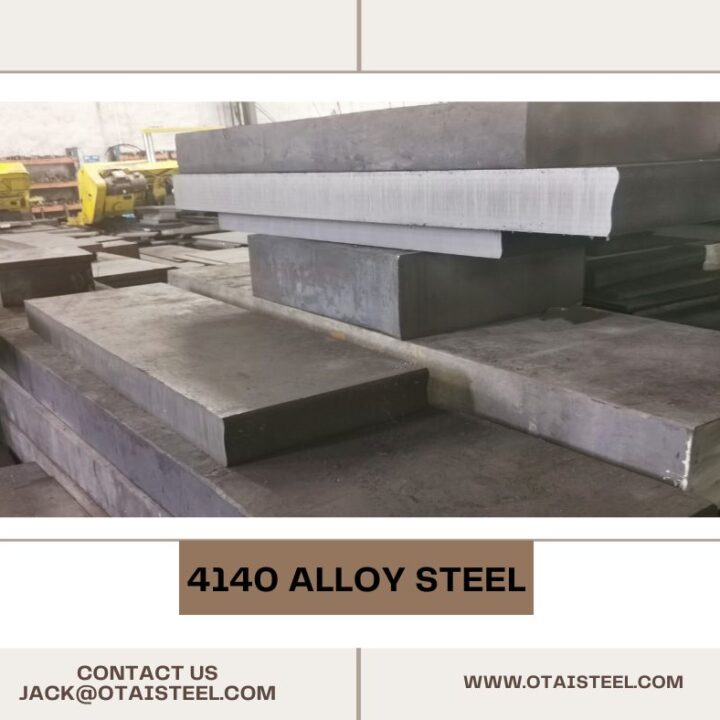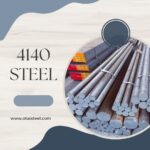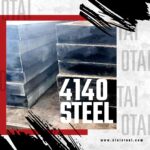The Future of 4140 Steel: New Research and Developments
4140 steel is a low alloy steel that contains chromium, molybdenum, and manganese. It has high strength, hardenability, toughness, and wear resistance. It is widely used in various industries such as aerospace, oil and gas, automotive, and construction.
The future of 4140 steel depends on the development of new technologies and applications that can utilize its properties. Some possible areas of research and innovation are:
1. Improving the corrosion resistance of 4140 steel by adding other elements or coatings.
There are some ways to improve the corrosion resistance of 4140 steel by adding other elements or coatings. For example:
1)Adding nickel to 4140 steel can increase its resistance to atmospheric corrosion and stress corrosion cracking.
2)Adding copper to 4140 steel can increase its resistance to marine corrosion and sulfide stress cracking.
3)Applying a zinc coating (galvanizing) to 4140 steel can protect it from rusting by sacrificial anode action.
4)Applying a paint or epoxy coating to 4140 steel can create a barrier between the steel and the corrosive environment.
2. Developing new heat treatment methods or parameters to optimize the mechanical properties and microstructure of 4140 steel.
1)For high strength and wear resistance, quenching and tempering are preferred.
2)For high toughness and impact resistance, normalizing is preferred.
3)For high ductility and formability, annealing is preferred.
3. Exploring the use of 4140 steel in additive manufacturing or 3D printing to create complex shapes and structures.
Some examples of 4140 steel parts made by additive manufacturing are:
Power steering joint: This part is used for power transfer between an electric power steering motor and the steering shaft in an automobile.
Linear pneumatic piston: This part is used to convert air pressure into rotary motion through a rack and pinion.
Downhole tool component: This part is used in oil and gas drilling operations to perform various functions such as logging, perforating, or fracturing.
